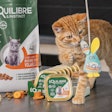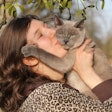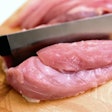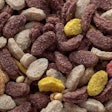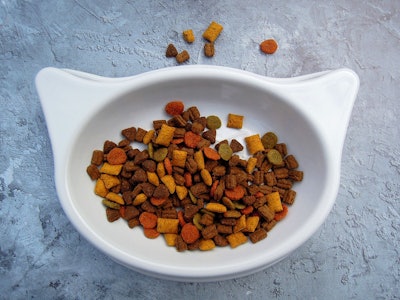
Recent data from INEGI, Mexico's national statistics institute, highlights a significant deflationary trend in the pet food sector. Over the past two years, the year-on-year monthly inflation in pet food prices has steadily decreased, eventually entering deflationary territory by September 2024.
For October 2024, INEGI’s data reveals substantial month-on-month price drops for certain umbrella brands. The largest decline was observed in Minino cat food, with a 23.2% decrease, followed by Champ (-11.6%). Other brands such as Sportsman’s Choice (-1.3%), Dog Chow, Ganador and Cat Chow experienced moderate price reductions ranging between -2.7% and -1.6%. Smaller decreases were noted for brands like Forty Dog, which saw only a 0.1% drop. These figures emphasize a widespread price adjustment across the pet food market.
Furthermore, the producer price index (PPI) for pet food, which measures the cost of production, is also converging toward deflation. This convergence underscores structural cost reductions across the supply chain, likely influenced by a combination of declining raw material prices, improved production efficiencies and competitive market pressures.
Despite this deflationary trend, the lingering effects of prior inflation continue to shape the market. Elevated pet food prices over the past two years appear to have significantly influenced consumer behavior and even pet ownership preferences. Pet owners, particularly those with constrained budgets, have shifted toward smaller or more economical product formats to mitigate higher costs.
The inflationary pressures of previous years are also the most plausible driver behind the growing preference for smaller pets, particularly cats and small-breed dogs, in Mexico. Cats and smaller dogs consume less food, making them more financially manageable for households navigating rising costs. This trend toward smaller pets has not only become a practical response to inflation but also a lasting shift in pet ownership patterns that is expected to endure even as prices decline.
Implications for consumption
Deflation in pet food prices offers temporary relief for consumers and may encourage increased spending on premium products or larger quantities. It also signals, however, heightened competition among manufacturers, likely resulting in margin pressures. Producers may need to innovate or differentiate their offerings to maintain profitability in this competitive landscape.
While deflation appears beneficial for consumers in the short term, it also reflects broader economic challenges, such as reduced consumer demand or oversupply. At the same time, the industry must adapt to enduring trends in pet ownership and purchasing behavior, where smaller pets and cost-conscious consumption are likely to shape long-term dynamics in the Mexican pet food market.










